Imagine being in the middle of an endless ocean and the nearest neighbor is more than 2,400 km away. Tristan da Cunha is not only remote, the island is a world apart.
Found in the middle of the South Atlantic, more than 2,400km from the nearest land, this extraordinary island is a British overseas territory and a truly remote destination that even seasoned travelers dream of.
In fact, it is not just one island, Tristan da Cunha is a group of islands, including Nightingale Island, Gough Island and a number of small rocky islands, according to Express.co.uk.
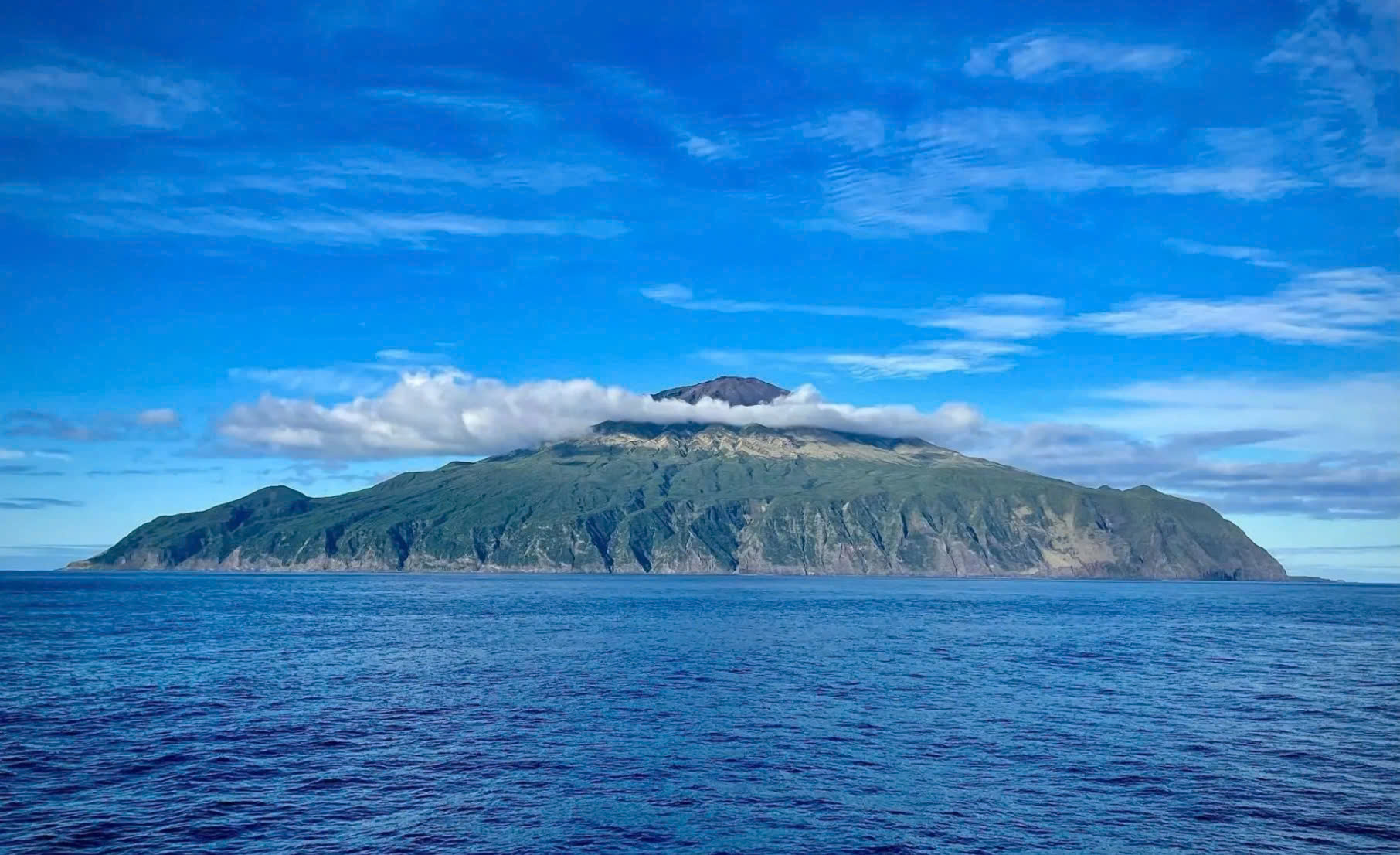
But the main hub is Tristan, home to fewer than 300 “brave souls” scattered across a single settlement called Edinburgh of the Seven Seas. It’s officially the most remote inhabited place on the planet, and yes, getting there is as epic as it sounds.
The island is an attractive destination despite its inconvenience, but for those who make the journey, this island escape offers a rare glimpse into a world where life and nature coexist in harmony.
The origin story of Tristan da Cunha is as fascinating as its geography. Discovered in 1506 by Portuguese explorer Tristão da Cunha, the island was later settled by people of many ethnicities, including British marines and American whalers.
Its isolation has shaped the island's history, from serving as a wartime weather station to a volcanic eruption in 1961 that temporarily displaced the entire population.
Despite its challenges, the community has persevered. Today, the island thrives on a combination of fishing, tourism , and the resilience of its people. The absence of a major maritime trade route has preserved its tranquility, making it a haven for curious travelers seeking a slower, simpler pace of life.
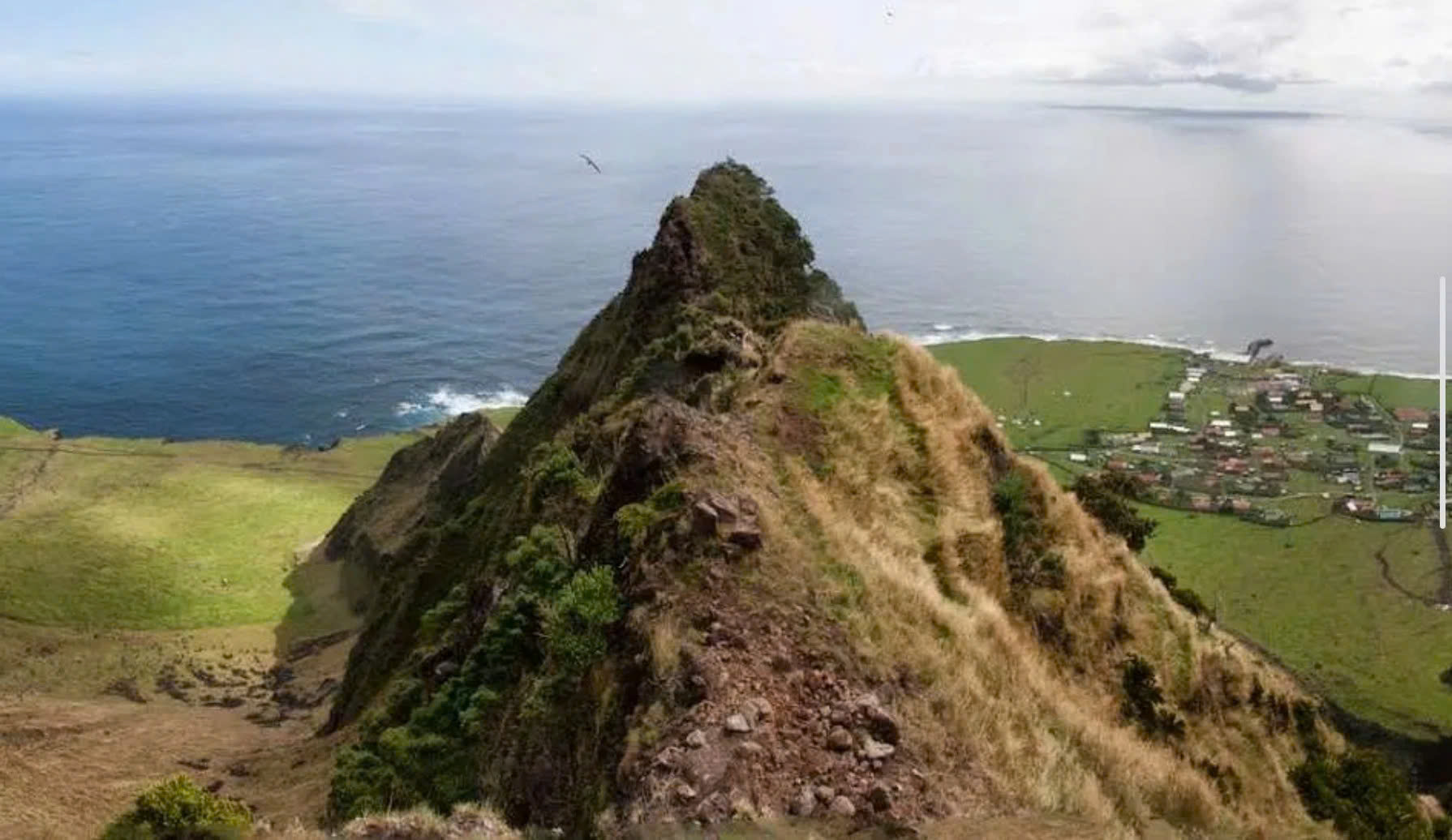
Getting to Tristan da Cunha requires not only determination but also meticulous planning.
Forget the airport – this land is untouched by the roar of jet engines. Without an airport, you’ll have to sail there like an intrepid explorer.
Visitors' options are limited to five- to 10-day sea voyages from Cape Town on fishing boats or polar research vessels such as the SA Agulhas II. The journey is long, often bumpy and entirely dependent on the weather.
Even the final step of getting the ship to shore can be thwarted if conditions are not right. It is not uncommon for adverse weather to thwart even the best-laid plans, leaving some hopeful travelers stranded before they have even set foot on shore.
A world apart
Home to just 270 residents, all in Edinburgh of the Seven Seas, Tristan da Cunha is as close-knit as any community can be. It’s a place where everyone knows each other and life revolves around fishing, farming and community spirit.
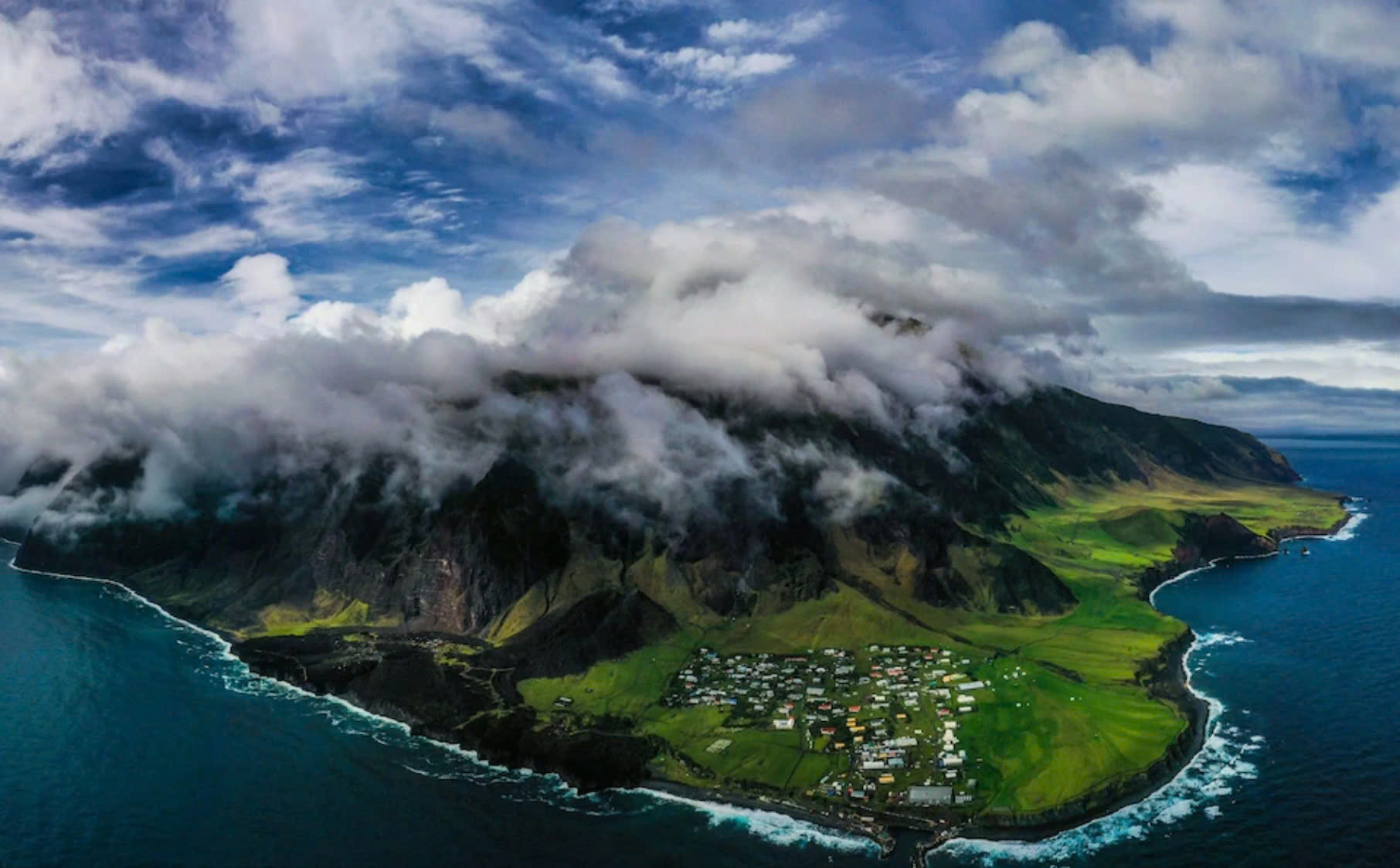
The Guinness Book of World Records recognizes it as the most isolated human settlement on earth, a title its residents carry with quiet pride.
English is the official language and the locals speak a distinctive dialect enriched by influences from their diverse heritage – Scots, St Helenian, Dutch…
The community is self-sufficient, focusing on fishing, farming and developing a lobster industry. If you are lucky, you can taste the precious Tristan rock lobster straight from the source.
Wild nature
The island's landscape is both rugged and awe-inspiring. Despite its small size, Tristan da Cunha's terrain is diverse, ranging from lush grasslands to dramatic cliffs that plunge straight into the Atlantic Ocean.
The hike to the top of Queen Mary is a must for those up for the challenge. At 2,062 metres, it is the highest point in the archipelago.
Reaching the summit requires a guide and a huge amount of stamina, but on a clear day the views of the surrounding ocean stretching endlessly in every direction are unforgettable.
Practicalities for Adventure in Tristan
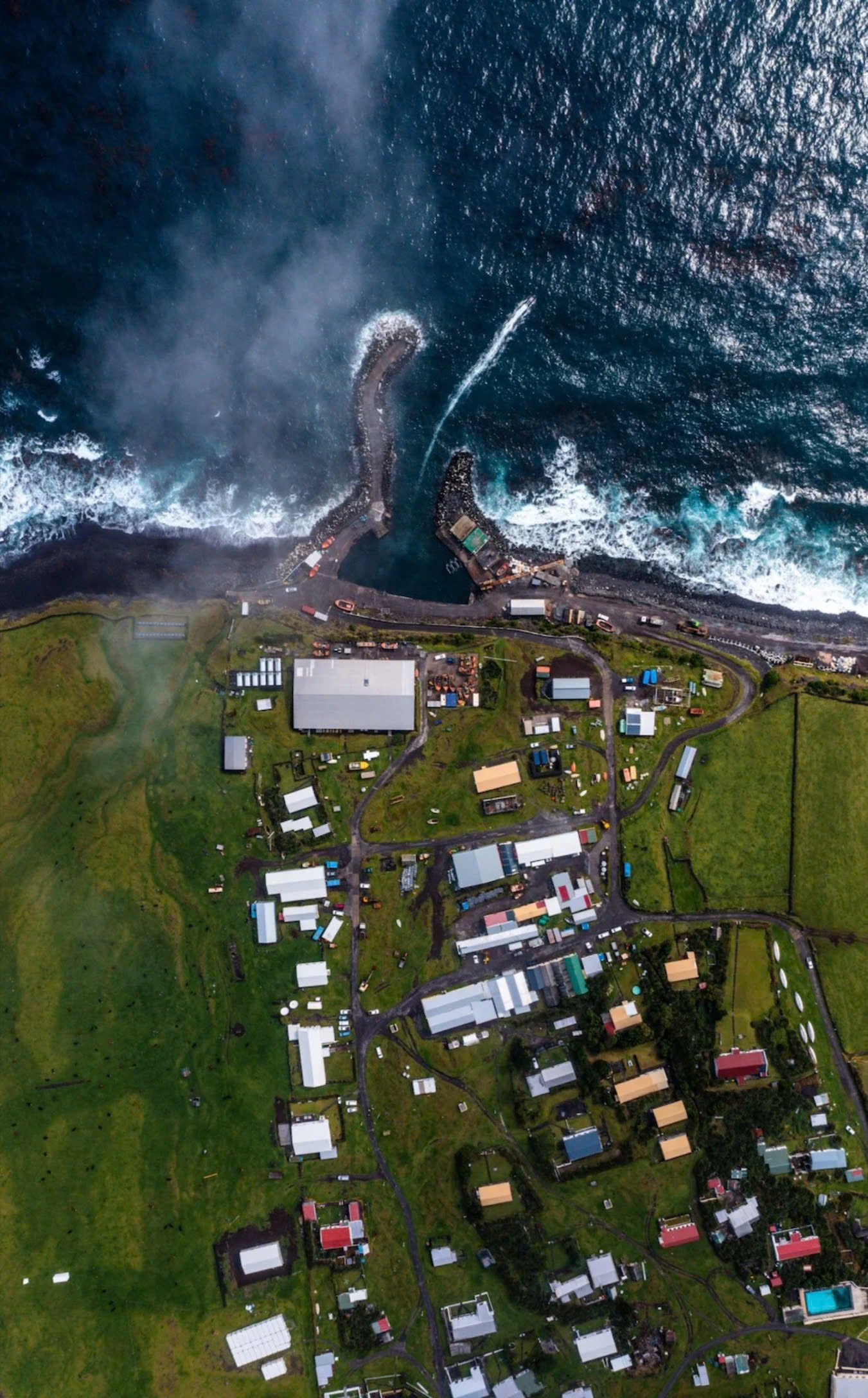
The local currency is the British pound, but don't expect to swipe your credit card here – cash is king. Euros, US dollars and South African rand can be exchanged at the island's Treasury, so plan ahead.
Accommodation is simple yet cosy, from self-catering cottages to homestays offering a real taste of island life.
Connectivity here is limited. There is no mobile phone network, and internet access is shared across the entire community via satellite, making access slow and expensive. Still, this “digital detox” is often cited as one of the highlights of the island experience.
According to thanhnien.vn
Source: https://baohanam.com.vn/du-lich/ben-trong-hon-dao-co-nguoi-o-xa-xoi-nhat-hanh-tinh-142473.html






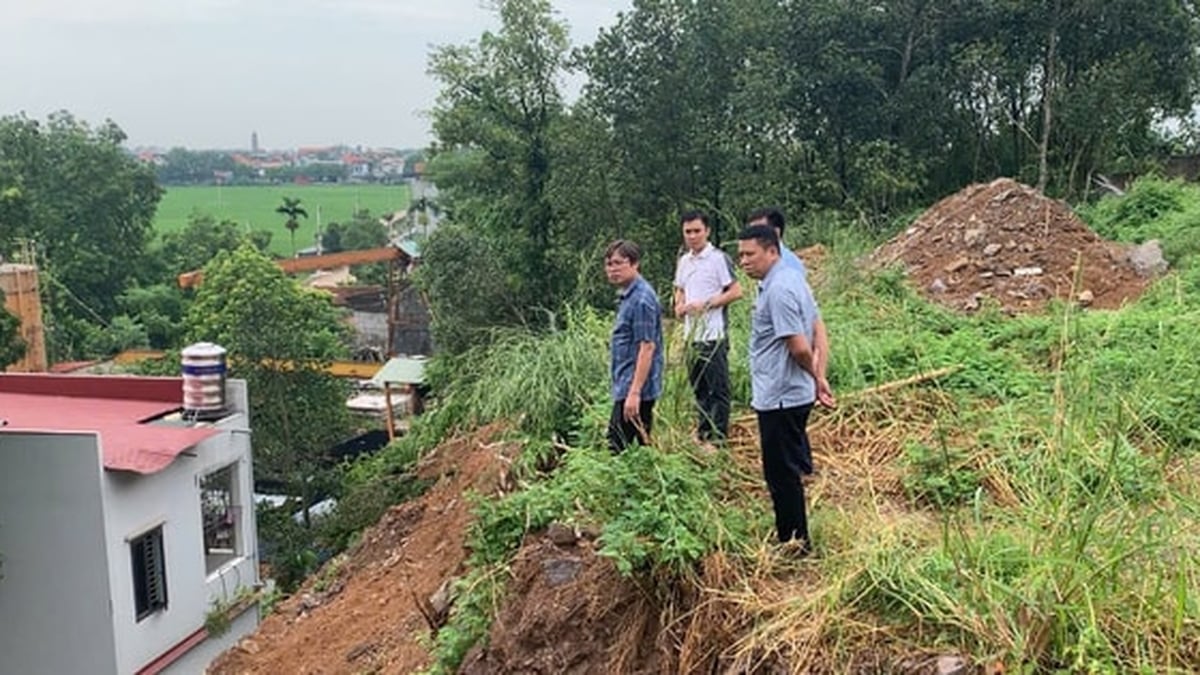


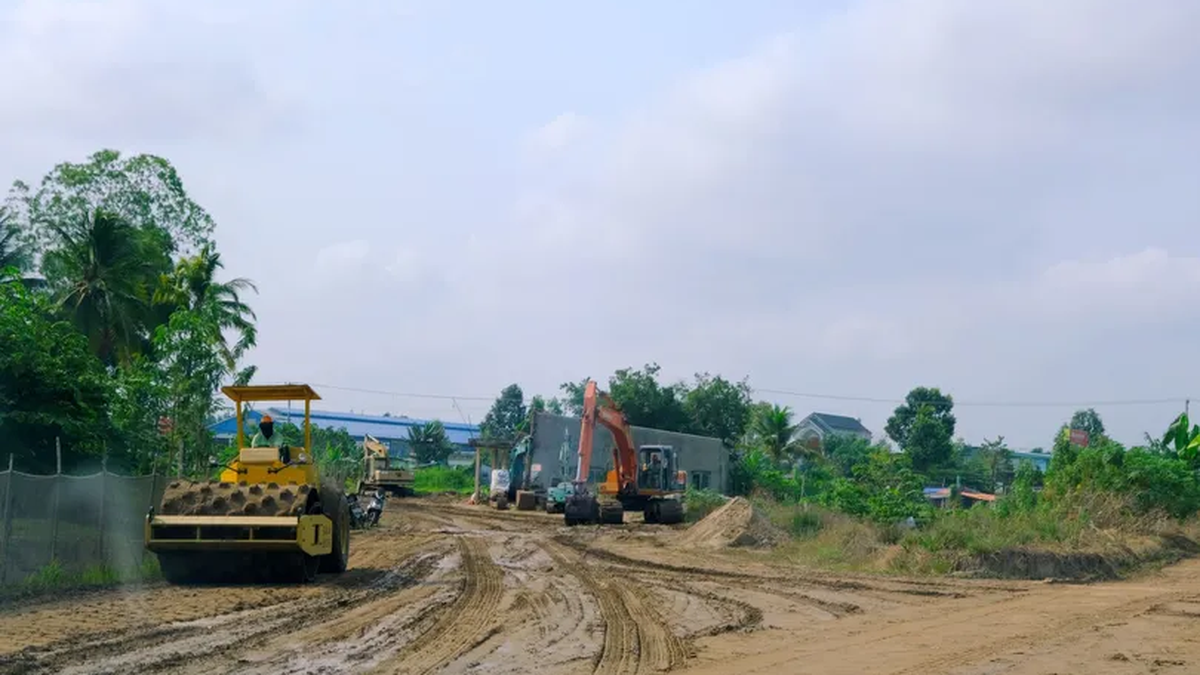
















![[Photo] National Assembly Chairman Tran Thanh Man visits Vietnamese Heroic Mother Ta Thi Tran](https://vphoto.vietnam.vn/thumb/1200x675/vietnam/resource/IMAGE/2025/7/20/765c0bd057dd44ad83ab89fe0255b783)






































































Comment (0)